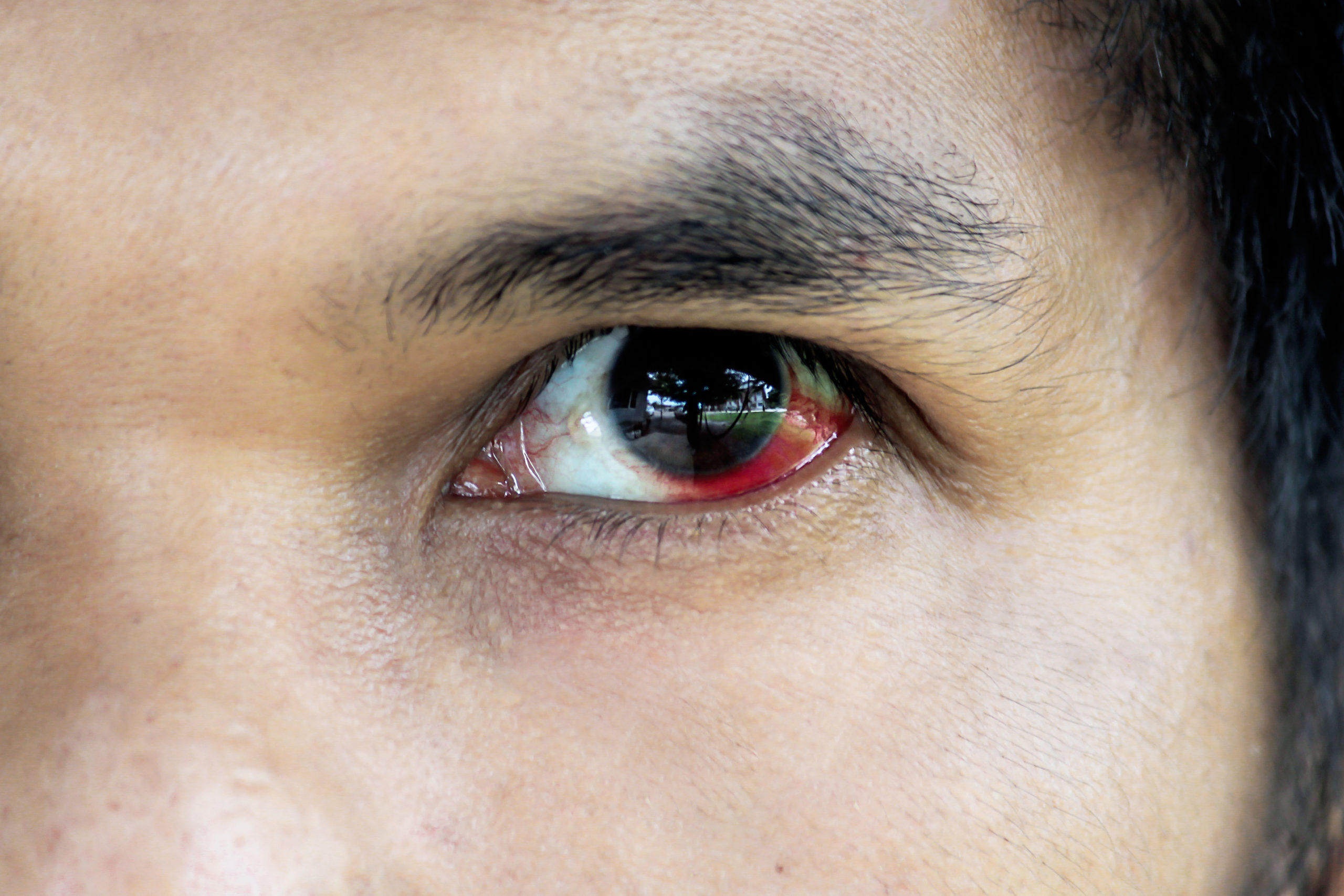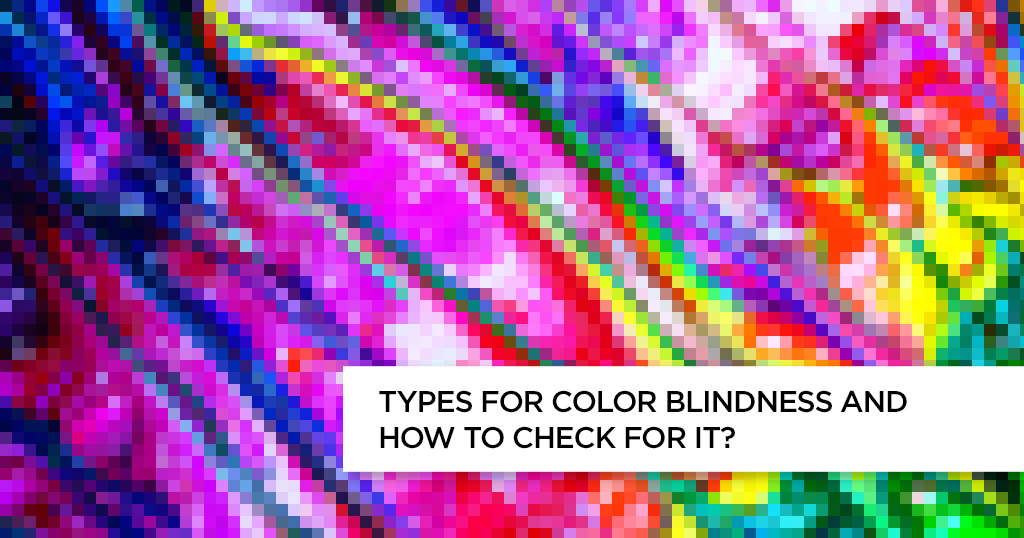Subconjunctival Hemorrhage (Broken Blood Vessel in Eye)


Overview
A subconjunctival haemorrhage is a bleed that happens when a tiny blood vessel breaks just underneath the eye’s clear surface (conjunctiva). Most of the time, it does not require treatment. While the symptoms might be worrying, it is a harmless condition. It often goes away within two weeks or so.
Introduction to Subconjunctival Hemorrhage
A subconjunctival hemorrhage or broken blood vessel in the eye, as the name suggests, happens when a tiny blood vessel in the eye breaks. It is found just underneath the clear surface of the eye (conjunctiva).
What happens is that the conjunctiva is not able to absorb the blood quickly. As a result, it gets trapped. Sometimes, you might not realize you have a subconjunctival hemorrhage. Often, people spot it after looking in the mirror and noticing the white part of the eye turning bright red.
What are the Symptoms of Subconjunctival Hemorrhage?
A bright red patch on sclera (the white) of your eye is the most obvious sign of a subconjunctival hemorrhage. Even though your eye may appear to be bloody, a subconjunctival hemorrhage should not cause any change in your vision. Similarly, there usually isn’t any pain or discharge from the eye.
The only feeling of discomfort may be a scratchy feel in your eye. The red spot may grow over one or two days. After that, it will gradually turn yellow as your eyes will start absorbing the blood.
If the condition continues for over two weeks or you are experiencing any pain or vision problems, you must consult a doctor. Similarly, if you notice any blood inside the iris (colored part of the eye, it is best to take medical help.
What are the Causes of Subconjunctival Hemorrhage?
The probability of getting a subconjunctival hemorrhage increases with growing age. It is more common after the age of 50 . Some risk factors include diabetes, high blood pressure, blood clotting disorders and taking blood thinning medciations . Some actions may cause the rupture of a small blood vessel in your eye. They include:
· Strong sneeze
· Vomiting
· Powerful cough
· Straining
· Rubbing eyes roughly
· Trauma (foreign object injuring the eye)
· Viral infection
· Wearing contact lenses
When to See a Doctor
If you keep getting sub-conjunctival hemorrhage consistently or any other type of bleeding, please consult your doctor.
Request an appointment at Apollo Hospitals
Call 1860-500-1066 to book an appointment
How Can You Prevent Subconjunctival Hemorrhage?
There are measures you can take to prevent subconjunctival hemorrhage. If you feel like rubbing your eyes, do it gently. Don’t rub them too hard. When you rub too hard, it can cause minor trauma to the eyes.As a result, it may lead to a subconjunctival hemorrhage. If you are someone who wears contact lenses, don’t forget to clean and disinfect them daily. People who play sports or do activities that may cause an injury to their eyes must wear protective gear.
Do consult your doctor if you have bleeding disorders or take blood-thinning medications. Talk to them about how you can reduce the risk of a subconjunctival hemorrhage.
What are the Treatment Options for Subconjunctival Hemorrhage?
The majority of the cases of subconjunctival hemorrhage heal on their own without the need for any treatment. The duration of the healing process depends on how big it is. Sometimes, it takes a few days, while other times, it may take a few weeks to disappear. There is no particular way to speed up the process.
Self-care
If you experience any swelling and discomfort, use ice packs and over-the-counter artificial tears to ease the pain.
Medical care
Depending on the cause, your doctor will give treatment for your injury or any other condition that led to your subconjunctival hemorrhage, like medication for high blood pressure.
Conclusion
All in all, a subconjunctival hemorrhage will generally go away without causing you any vision problems. It may happen again or more often to people who consume medications such as blood thinners. There’s no need to worry and remember to give it time to heal.
Frequently Asked Questions (FAQs)
Q. Can I use eye drops for subconjunctival hemorrhage?
A. You can’t speed up the healing process. In the case of eye irritation, use artificial tear eye drops recommended by your doctor.
Q. What should you not do with a subconjunctival hemorrhage?
A. Do not take aspirin or products containing aspirin as they may increase the bleeding. Remember to watch for any unusual changes in your eye.
Q. Can you exercise with a subconjunctival hemorrhage?
A. Do not indulge in heavy exercises like running or lifting heavy objects for the next 24 hours. The blood will disappear within two or three weeks.
© Copyright 2024. Apollo Hospitals Group. All Rights Reserved.
 +91 8069991061
Book Health Check-up
+91 8069991061
Book Health Check-up







